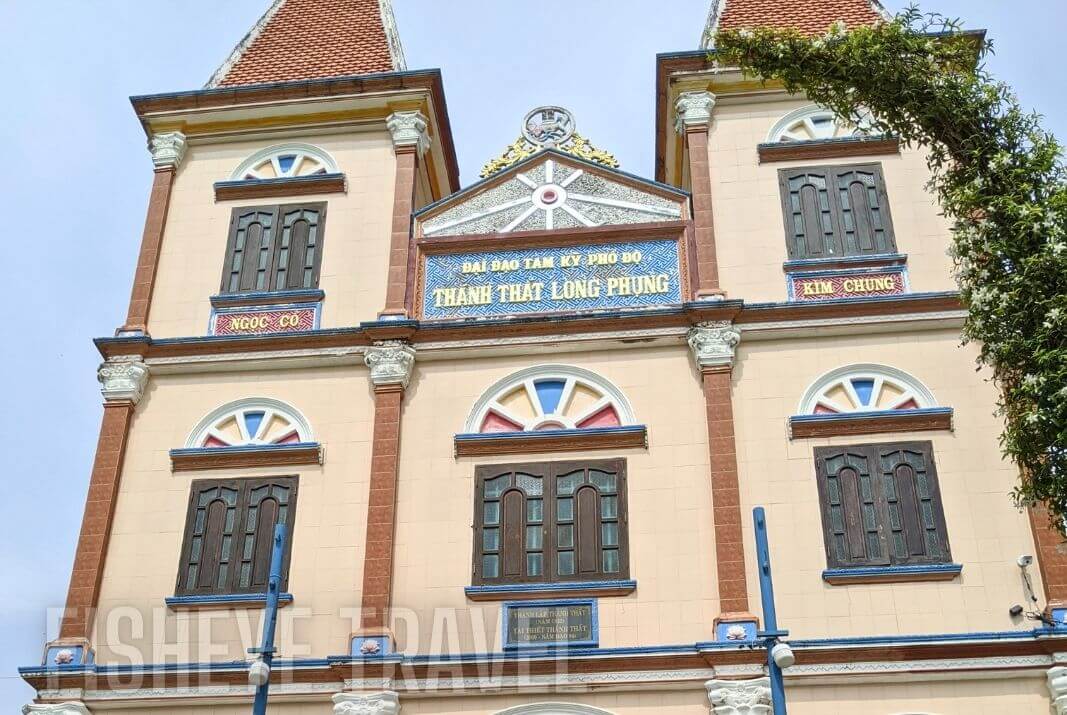Cao Dai, also known as Caodaism, is a unique syncretic religion that emerged in Vietnam in the early 20th century. Combining elements of various world religions such as Buddhism, Confucianism, Taoism, Christianity, and Islam, Cao Dai seeks to create a harmonious synthesis of faith and philosophy. In this article, we will explore the origins, beliefs, practices, and significance of Cao Dai, shedding light on this fascinating religious movement.
Origins and History of Cao Dai

Cao Dai was founded in 1926 by Ngo Van Chieu, a Vietnamese civil servant who claimed to have received divine revelations. Chieu believed that the world was on the verge of a spiritual crisis and that a new religion was needed to guide humanity towards enlightenment. He combined his visions with elements of existing religious traditions and founded Cao Dai, which means "High Tower" or "High Palace."
Beliefs and Teachings of Cao Dai
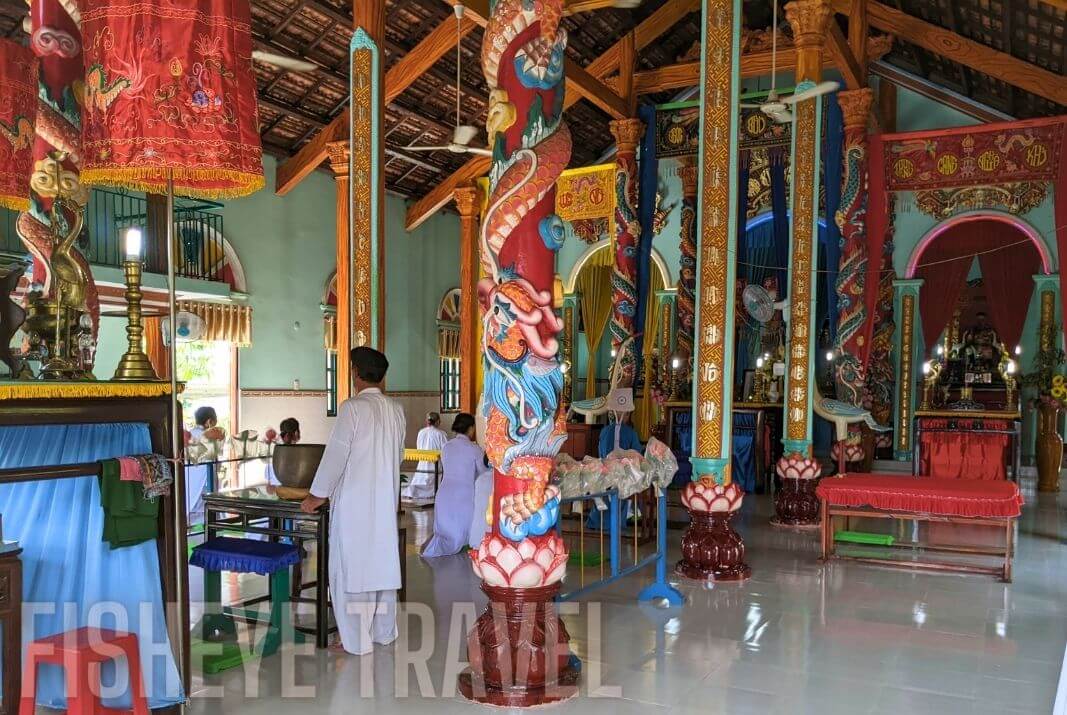
Cao Dai incorporates a diverse range of religious beliefs and philosophical concepts. At its core, the religion emphasizes the worship of one Supreme Being, referred to as the "Cao Dai" or "Highest Lord." The Cao Dai is believed to have created the universe and governs all aspects of life. Followers of Cao Dai also recognize the existence of divine intermediaries, including saints, sages, and historical figures, who guide and protect humanity.
The Divine Eye and the Pantheon of Saints
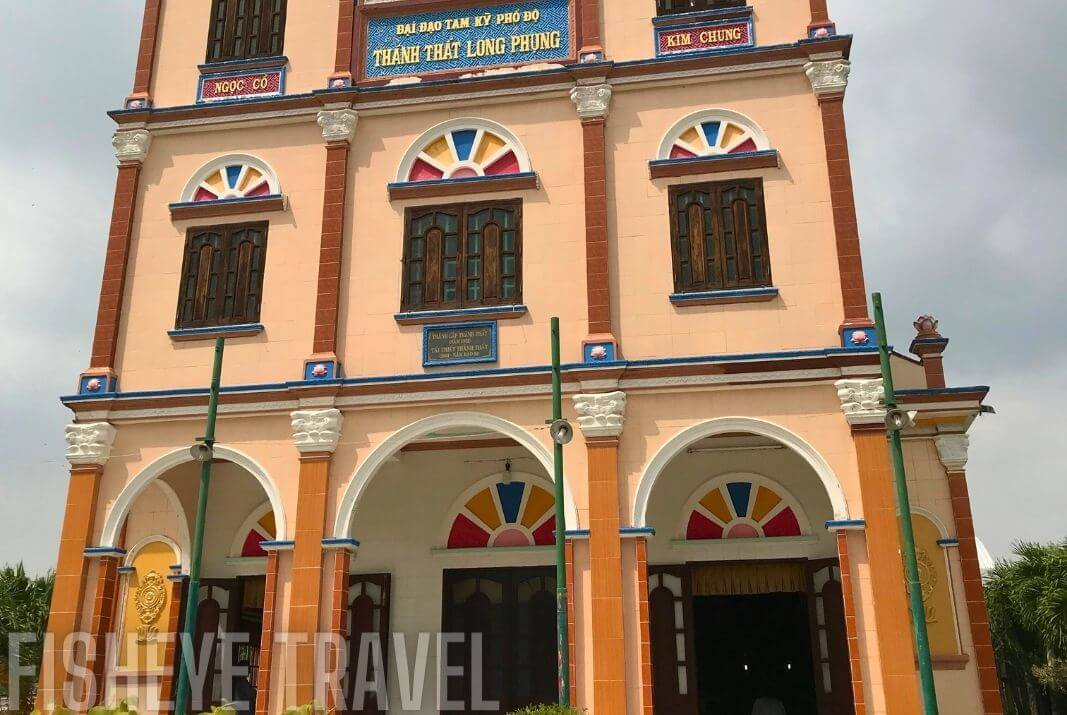
One of the distinctive symbols of Cao Dai is the "Divine Eye," which represents the all-seeing eye of the Supreme Being. It serves as a reminder of the divine presence and the need for moral conduct in all aspects of life. Cao Dai also venerates a pantheon of saints, which includes figures from different religions such as Confucius, Buddha, Jesus Christ, and Muhammad. These saints are seen as spiritual guides and exemplars of moral virtue.
Rituals and Practices in Cao Dai

Cao Dai adherents engage in a variety of rituals and practices to connect with the divine and cultivate spiritual growth. These include daily prayers, meditation, recitation of sacred texts, and participation in religious festivals. Cao Dai temples serve as spiritual centers where followers gather for worship and community activities. Ritual ceremonies often involve elaborate processions, music, incense, and colorful robes representing the different spiritual ranks within the hierarchy of the religion.
Cao Dai Temples and Spiritual Centers
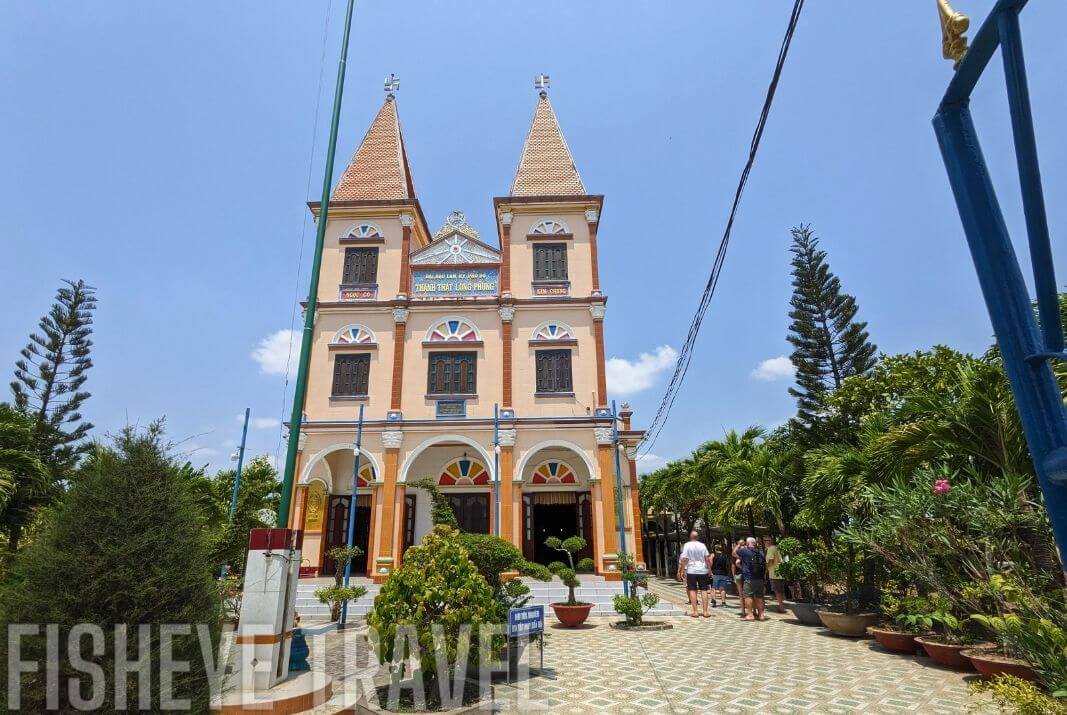
Cao Dai temples, known as "Holy Sees," can be found primarily in Vietnam, particularly in the southern regions. The most prominent Cao Dai temple is the Tay Ninh Holy See, located in Tay Ninh Province. It serves as the religion's administrative center and attracts numerous pilgrims and tourists. The architecture of Cao Dai temples is a fascinating blend of Eastern and Western styles, reflecting the syncretic nature of the religion.
Cao Dai's Impact on Society
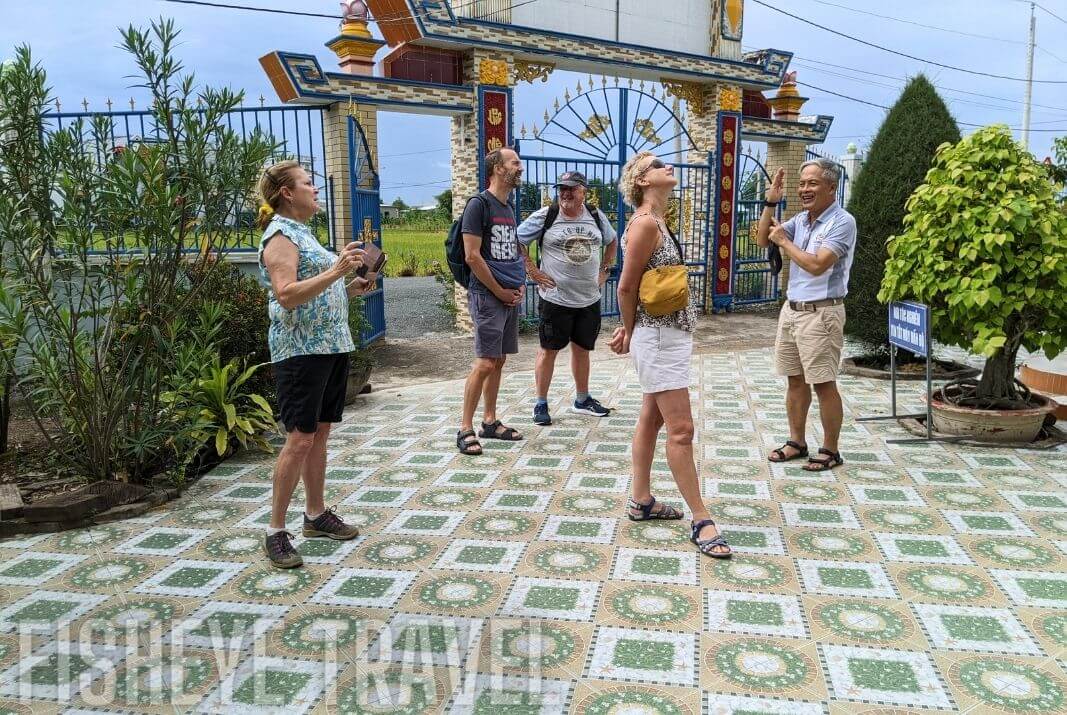
Cao Dai has had a significant impact on Vietnamese society since its inception. The religion promotes ethical principles such as compassion, love, and nonviolence. Its followers actively engage in charitable activities, including providing education, healthcare, and disaster relief. Cao Dai's emphasis on social justice and equality has contributed to its popularity, particularly among marginalized communities.
Cao Dai and Interfaith Dialogue
Cao Dai's syncretic nature has made it open to dialogue and cooperation with other religious traditions. The religion actively promotes interfaith harmony and understanding, recognizing the shared values and teachings among different faiths. Cao Dai leaders have participated in numerous interfaith conferences and initiatives, fostering mutual respect and cooperation among religious communities.
Cao Dai's Future and Global Influence
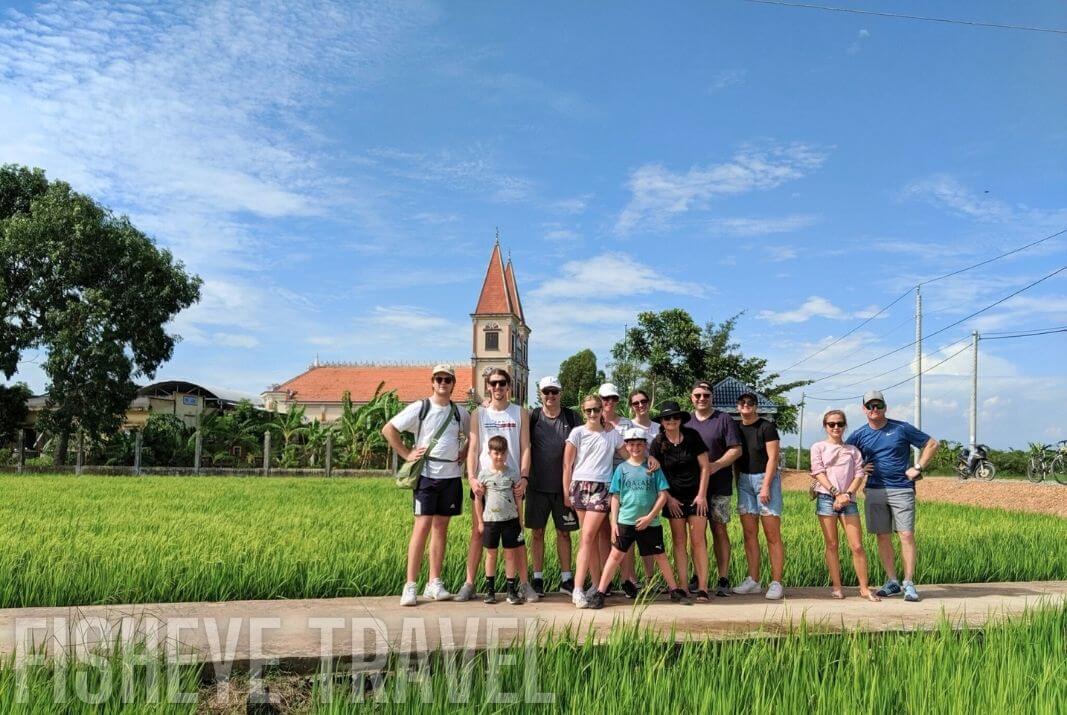
While Cao Dai is primarily practiced in Vietnam, its influence has started to reach beyond the country's borders. The religion has established a presence in other countries, including the United States, France, and Australia, where Vietnamese diaspora communities reside. The global outreach of Cao Dai has contributed to a greater awareness and understanding of this unique religious movement.
Conclusion
Cao Dai is a remarkable testament to the human capacity for spiritual synthesis and innovation. It offers a compelling blend of religious traditions, encouraging believers to seek spiritual enlightenment while embracing the diversity of human religious experience. Through its teachings, rituals, and social engagement, Cao Dai continues to inspire its followers and promote harmonious coexistence among different faiths.
If you're planning to take a Mekong Delta tour with a visit to the Cao Dai temple in Tay Ninh, then you should select a reliable and well-reviewed tour operator, such as Fisheye Travel, that offers Mekong Delta tours with a Cao Dai temple visit. Details here.

